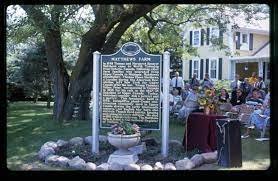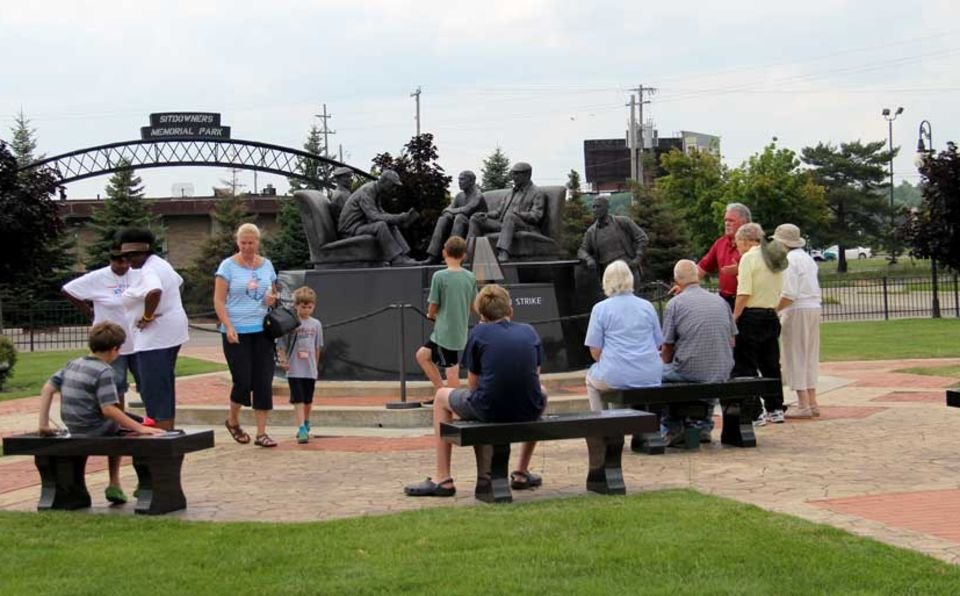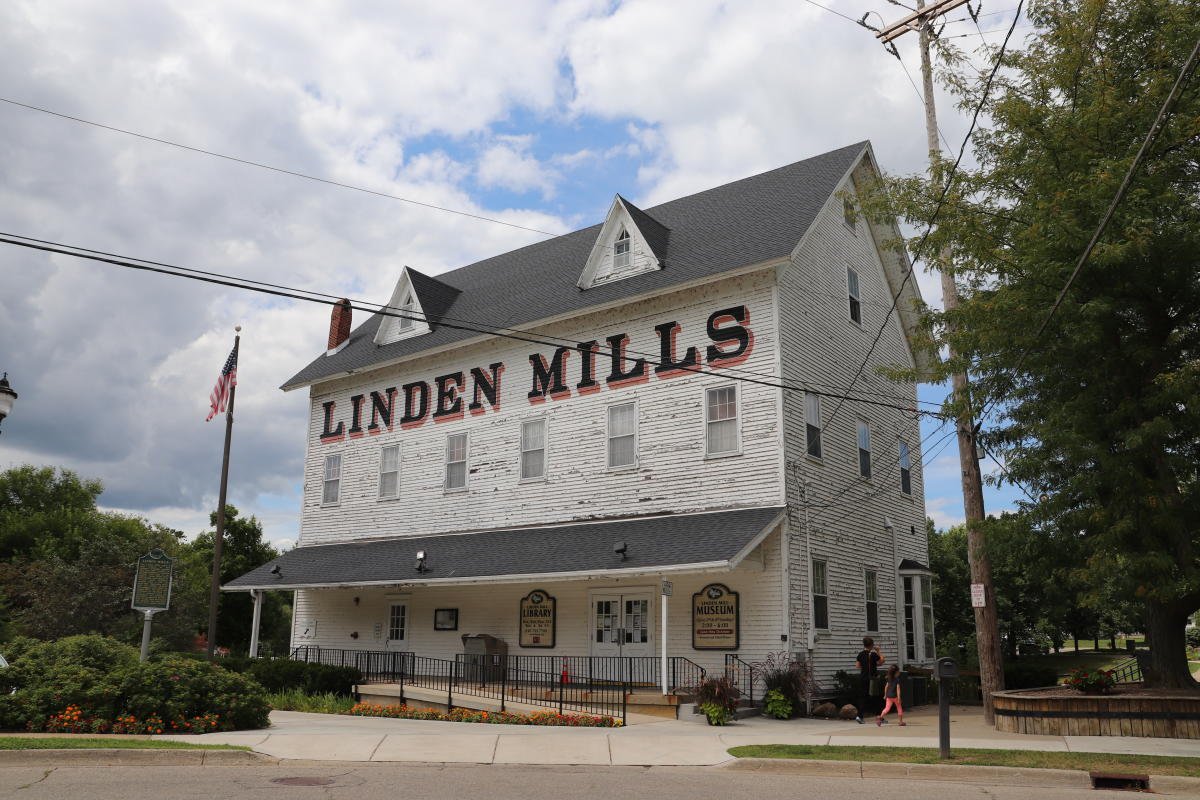Port Austin Reef Lighthouse
The Port Austin Reef Light is located in Lake Huron approximately 2½ miles north of the Port Austin Harbor and Port Austin, Michigan. The station was established and first lit in 1878 and after a devastating fire, modified in 1899. It is still operational and acts as an automated beacon to this day.
Harbor Beach Lighthouse
Enjoy one of the nicest lighthouses on the sunrise side of Lake Huron. Enjoy a short boat ride to the lighthouse and learn about its history from friendly and informative volunteer docents. Guided tours are available on Saturdays in the summer.
Sport
The tug Sport, one of the nation’s earliest steel-hulled vessels, was built for lumber and steel entrepreneur Eber Brock Ward in 1873 by the Wyandotte Iron Ship Building Works in Wyandotte, Michigan. For forty-seven years the tug towed, salvaged, and aided vessels in distress. Frank E. Kirby designed the tug and later became a nationally known naval architect recognized for designing large, elegant sidewheel passenger steamers and ice-breaking car ferries, such as Chief Wawatam.
Village of Cash
Named after early settler Edward Cash, the village of Cash was founded in 1851. In 1868, seven Cash residents voted to found Watertown Township to govern and serve the quickly growing area. Each man who voted held at least one township post. In 1881, Cash survived wildfires that swept across the entire county in five hours. The arrival of the railroad in nearby Watertown in 1912 ended Cash’s role as an important commercial center in the region.
Matthews Farm
In 1848 Thomas and Margaret Spencer Matthews came to Worth Township from Ontario, Canada, following other farm families who migrated from Upper Canada to Michigan. Matthews’s grandfather, Thomas Elmes Matthews, a Loyalist during the American Revolution, left New York for Upper Canada after the war. Young Thomas’s father, Peter, was executed in Toronto in 1838 for his role in the 1837-38 Rebellion of Upper Canada. Today historians consider him a patriot and a martyr.
Trinity Episcopal Church
This tall stately Gothic Style church with its elegant wood interior was built in 1874 during Sanilac County’s great lumbering era. The Reverend A. B. Flower came to Lexington as a missionary in 1869 and started this congregation known as the Church of the Good Shepherd. Among its active members was Mary Moore who married Albert Sleeper, governor of Michigan from 1917 to 1920. Sleeper served as vestryman and warden of the church until moving to Bad Axe. Since 1972 this has been the Lexington Chapel of Trinity Episcopal Church.
Loop-Harrison House
This Second Empire style mansion was built in the 1870s by Doctor Joseph Loop. A native of New York, Loop moved to Oakland County, Michigan, in 1843. He and his wife, Jane Gardner Loop pioneered this land in Sanilac County in 1854, and after graduating from the University of Michigan’s medical department in 1855, he opened a practice in Port Sanilac. When this home was built, he kept an office on the lower floor, and serviced a forty-mile circuit, bringing medical care to much of the county.
Trinity Church
This picturesque cobblestone building constructed in 1898 serves as the Croswell chapel of the Trinity Episcopal Church. Its interior features wooden arches and a rood screen between the nave and the chancel.
The Great Storm of 1913
Sudden tragedy struck the Great Lakes on November 9, 1913, when a storm, whose equal veteran sailors could not recall, left in its wake death and destruction.
The Brown City Banner
Published under the motto “Our Community is our Hive. The Rights of the People, our Queen,” The Brown City Bee debuted on January 23, 1891. Owner James A. Menzies named the newspaper for the “business-like fellow” who ensures “that matters are kept `humming’ about him.” He renamed the paper The Brown City Banner in December 1891.
Masonic Temple & Town Hall
The Sanilac Masonic Lodge was organized in 1868. In 1883 lodge members and township officials agreed to build a combined township and Masonic hall on land donated by Christopher Odfield, a Mason. The foundation was built with three-foot-thick walls to provide refuge from future forest fires. When the cornerstone was laid on July 1, 1884, crowds turned out for the event, which was highlighted by Masonic ritual.
Flint & Pere Marquette Railroad Depot
The first twenty-five miles of track for the Port Huron and Northwestern Railroad opened from Port Huron to Croswell in 1879. Marlette citizens lured the railroad by raising $15,000 toward construction of the tracks. The line extended from Saginaw Junction in St. Clair County to Marlette in January 1881, and the Marlette to Mayville line opened in the fall.
Buel Methodist Episcopal Church
This handsome building was the first church erected in Buel Township. Known as the Buel United Methodist Church, it was dedicated on December 3, 1882.
UAW Sitdowners Monument Park
Dedicated to the men and women of the historic sit-down strike of 1936-1937 at General Motors, Flint, this marble and bronze monument depicts an actual scene from inside the plant during the strike. The monument was created by Janice Trimpe, Master Sculptor. Check the website for hours of operation and special events.
Greater Flint Area Sports Hall of Fame
The Greater Flint Area Sports Hall of Fame was created by the Bruin Club of Mott Community College in 1980. For over 40 years, the Hall of Fame has provided a vehicle for our community to recognize and celebrate the unsurpassed history of athletic achievement and community service that has been so much a part of the Flint area.
The Greater Flint African American Sports Hall of Fame
Visit the Greater Flint African American Sports Hall of Fame at the Flint Public Library (temporarily housed at Courtland Center while the main library is under renovation) - a collection of over 200 plaques and an interactive kiosk that celebrates 35 years of honoring and preserving Flint’s illustrious history in sports.
Genesee County Historical Society
For a county of its size, Genesee County, Michigan, has produced some of the most important innovations, products, people, and social movements of modern times. Exploring its fascinating history will uncover colorful stories of people, places, and events that are powerful, surprising, moving, catastrophic, and triumphant. The mission of the Genesee County Historical Society is to preserve, promote, and document the history of Genesee County.
Fenton Museum & Historical Society
The Fenton Museum houses an extensive genealogy room for the Fenton and surrounding area. It has cemetery records for all over Genesee County. The Historical Society is the keeper of school history for Fenton and has an area of the Museum devoted to it. The Museum is staffed by Historical Society volunteers and is open to the public on Sundays from 1 to 4 p.m., but arrangements can be made for group tours as well.
Steam Railroading Institute
The Steam Railroading Institute is dedicated to educating the public about steam-era railroading in Michigan and the Great Lakes Region. This includes the preservation of the skills and technology for maintaining steam locomotives by operating steam-era equipment and providing the experience of steam locomotives in actual operation.
Linden Mill Historical Society & Museum
Step back in time at the charming Linden Mills Historical Museum! Visitors can see historical treasures like the rare Beach Buggy carriage made at the Joe Beach Buggy Factory in Linden, hear sounds from a parlor phonograph, and marvel at the vintage items in the General Store. Old toys will delight the youngsters and a revered military display is of special interest to veterans. Our museum is handicap accessible. Hours are 1-4 pm on the 2nd & 4th Sunday, June through October.


















